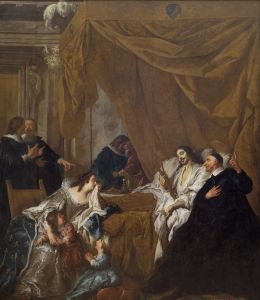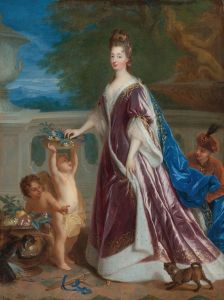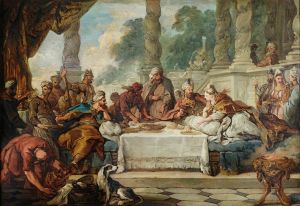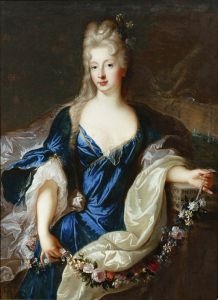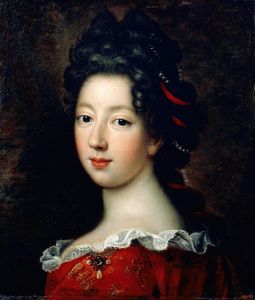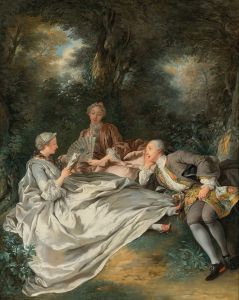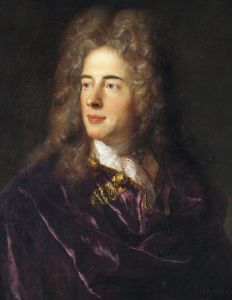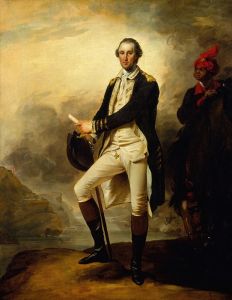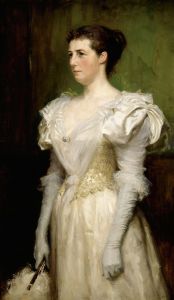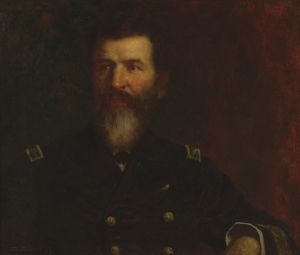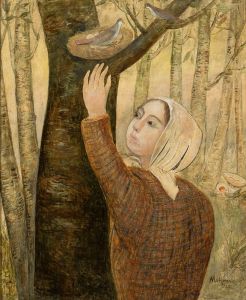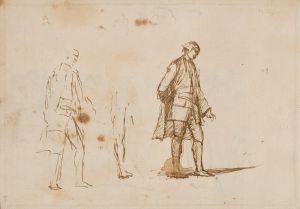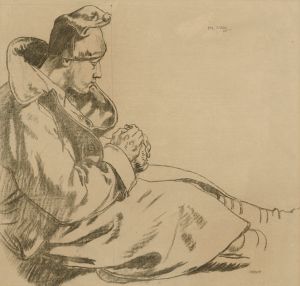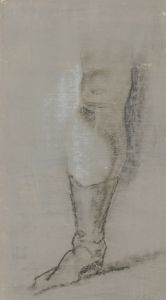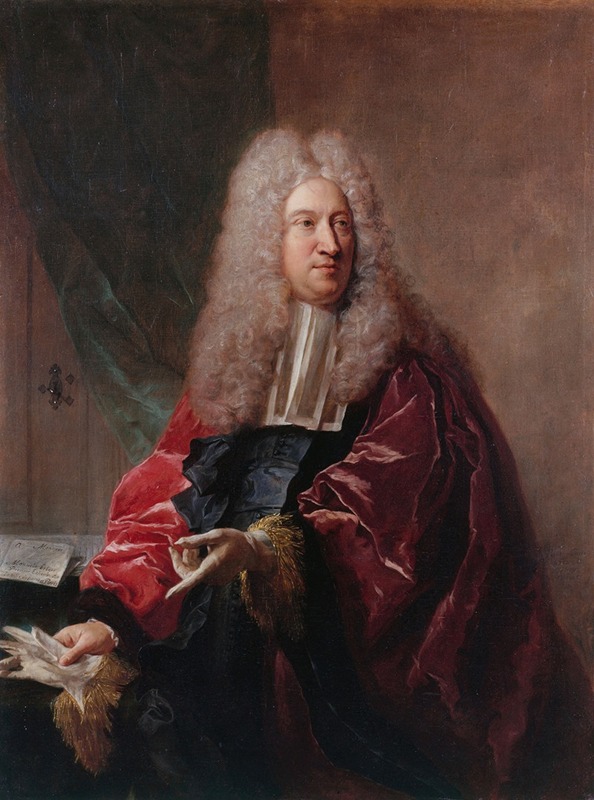
Portrait de Jean Hébert, échevin de la ville de Paris
A hand-painted replica of Jean-François de Troy’s masterpiece Portrait de Jean Hébert, échevin de la ville de Paris, meticulously crafted by professional artists to capture the true essence of the original. Each piece is created with museum-quality canvas and rare mineral pigments, carefully painted by experienced artists with delicate brushstrokes and rich, layered colors to perfectly recreate the texture of the original artwork. Unlike machine-printed reproductions, this hand-painted version brings the painting to life, infused with the artist’s emotions and skill in every stroke. Whether for personal collection or home decoration, it instantly elevates the artistic atmosphere of any space.
Jean-François de Troy was a prominent French Rococo painter and tapestry designer, known for his dynamic compositions and adept use of color. He was born in Paris on January 27, 1679, into a family with a strong artistic background; his father, François de Troy, was also a well-regarded painter. Jean-François de Troy's work is characterized by its elegance and attention to detail, often depicting scenes of aristocratic life, mythology, and history.
One of his notable works is the "Portrait de Jean Hébert, échevin de la ville de Paris." This painting is a fine example of de Troy's skill in portraiture, capturing the likeness and stature of Jean Hébert, who held the position of échevin, or alderman, in the city of Paris. The role of an échevin was significant in the municipal governance of Paris, involving responsibilities in administration and justice. The portrait is believed to have been created during the early 18th century, a period when de Troy was actively producing portraits of various notable figures.
In this portrait, de Troy employs his characteristic style, using a rich palette and meticulous brushwork to convey the texture of fabrics and the subtle expressions of the sitter. Jean Hébert is depicted with a dignified presence, dressed in the formal attire appropriate for his position. The background of the painting is likely understated, focusing attention on the subject, a common technique in portraiture to emphasize the importance of the individual being portrayed.
De Troy's ability to capture the personality and status of his subjects made him a sought-after portraitist among the French elite. His portraits often conveyed not just the physical likeness but also the social standing and character of the individuals. This particular work, like many of his portraits, would have served both as a personal memento for the sitter and as a testament to their role and influence within society.
The painting of Jean Hébert is part of de Troy's broader body of work that includes both portraits and genre scenes. His contributions to the arts extended beyond painting; he was also involved in designing tapestries, notably for the Gobelins Manufactory, where he created a series of tapestry cartoons depicting the story of Jason and the Golden Fleece.
Jean-François de Troy's legacy is marked by his versatility and the elegance of his compositions. His works are held in various collections, reflecting his status as a significant figure in the Rococo movement. The "Portrait de Jean Hébert, échevin de la ville de Paris" remains an example of his mastery in capturing the essence of his subjects, contributing to our understanding of the cultural and social dynamics of 18th-century France.





